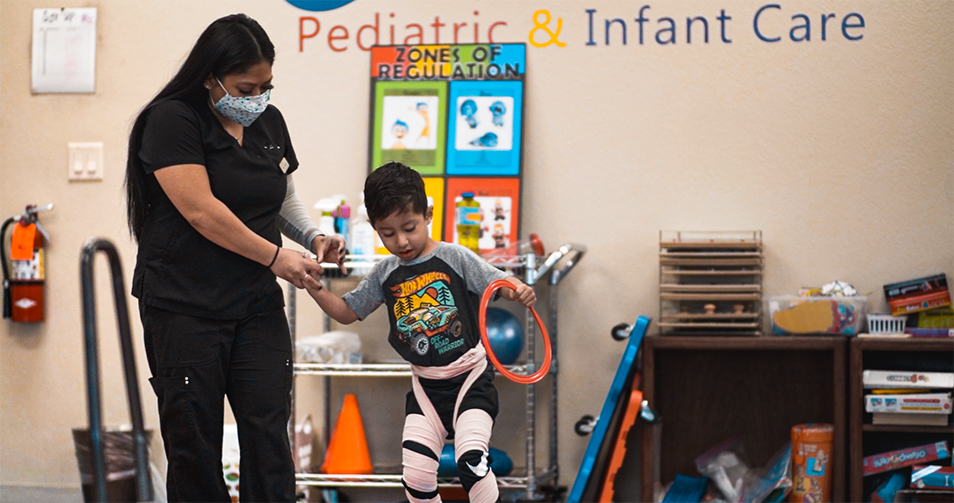Occupational Therapy
For some, everyday tasks can become hard to enjoy due to injury or chronic pain. Occupational Therapy helps you work through these issues to get you back doing the things you love.


Occupational Therapy (OT) is an area of rehab that is focused on improving one’s participation in activities of daily living (ADLs). Occupational therapy can be defined as: the use of assessment and intervention to develop, recover, or maintain the meaningful activities of individuals. Occupational therapists enable people of all ages to live life to its fullest by helping them promote health, and prevent—or live better with—injury, illness, or disability.
While Basic activities of daily living (ADLs) consist of everyday tasks like dressing, bed mobility, and grooming, occupational therapy can also address Instrumental ADLs that include leisure activities (cooking, driving, cleaning, ect), sports and recreation (swimming, golf, baseball, ect) and any other meaningful activity to you. To further emphasize meaningful activities, OT takes a holistic approach that stresses the importance of both mental and physical health. At Optimal Therapy, occupational therapy takes a top-down approach to these tasks that considers impairments of a condition that lead to decreased participation in activities of daily living.
Occupational therapy can be helpful for people of all ages; from helping children with disabilities to participate fully in school and social situations to providing supports for older adults experiencing physical and cognitive changes. Our occupational therapy plans are custom designed for each patient and aim to also boost self-esteem and provide a sense of accomplishment. Occupational therapy helps develop fine motor skills, improve eye-hand coordination and master basic life skills.
The main difference between occupational therapy and physical therapy is that OT focuses on improving a client’s ability to perform specific activities of daily living. While physical therapy will focus on general movement of the body, occupational therapy takes this a step further by tying range of motion and strength exercises to a functional task or skill.
Physical therapy and occupational therapy both help improve quality of life, but there are differences in the approach.
During your initial occupational therapy visit, your therapist will conduct an individualized evaluation where they will ask questions to determine your goals and what you hope to accomplish with occupational therapy. Once your therapist has a complete understanding of your goals, a unique plan routine is created to help you achieve those goals.
If you want to skip the wait, you can reach our scheduling team Monday through Friday from 9am – 5pm.